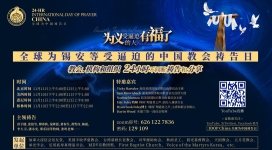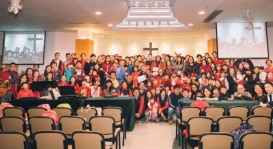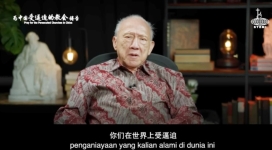
Jesus Christ. For a person who changed the world by his death, and subsequently his resurrection, it is amazing that his tomb has never been found. It looks like the wonders of modern archeology has solved that particular mystery, where restorers who were working in the Church of the Holy Sepulchre in Israel managed to stumble upon a stone slab. Uncovering this stone slab led to one of the major archeological discoveries of our time -- the venerated resting place of Jesus Christ.
This makes it the very first time throughout the echoes of time that scientists have exposed the original surface of what has long been touted to be the tomb of Jesus Christ. This is one location that falls under the custody of half a dozen Christian sects. Three of the major groups are the Greek Orthodox Church, the Roman Catholic Church, and the Armenian Orthodox Church, where they maintain control over the site. As for the remaining three, they comprise of the Coptic, Ethiopian Orthodox, and Syriac communities, and all of them are also stakeholders with their presence. There are selected areas of the church that are considered to be common areas of worship for all of the sects, and this would include the tomb, while other areas are obviously off limits to the general public. The common areas of worship are regulated by a Status Quo agreement, and this agreement is somewhat like the UN -- it would require the consent of all of the custodial churches, anyone dissenting a particular point would be the equivalent of a veto.
It is said that the tomb of Jesus Christ has been covered by marble cladding that could be dated back to 1555 A.D. at the latest, although it would most probably have been centuries earlier that it was closed.
Fredrik Hiebert, archaeologist-in-residence at the National Geographic Society, a partner in the restoration project, shared, "The marble covering of the tomb has been pulled back, and we were surprised by the amount of fill material beneath it. It will be a long scientific analysis, but we will finally be able to see the original rock surface on which, according to tradition, the body of Christ was laid."
Christian tradition claims that Jesus Christ’s body was laid either on a shelf, or a “burial bed” that was carefully carved out from the side segment of the limestone cave following after his crucifixion -- perhaps in A.D. 30 or A.D. 33. No matter, the grave could not hold Him back, and he was resurrected after his death, where no body was found by the ladies who came by on the third day for the anointment ritual.
The exposure of the burial bed is what interests researchers, as they would now have an opportunity of a lifetime to check out the original surface, untouched through the centuries. Would they be able to find more evidence that points to the undisputed historicity of the person of Jesus Christ? We are surely following the developments in the Church of the Holy Sepulchre in the Old City of Jerusalem with great interest.







